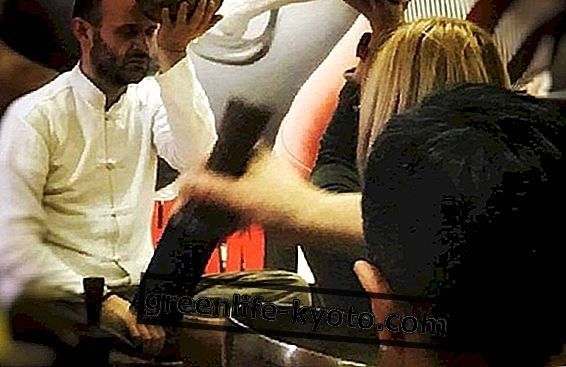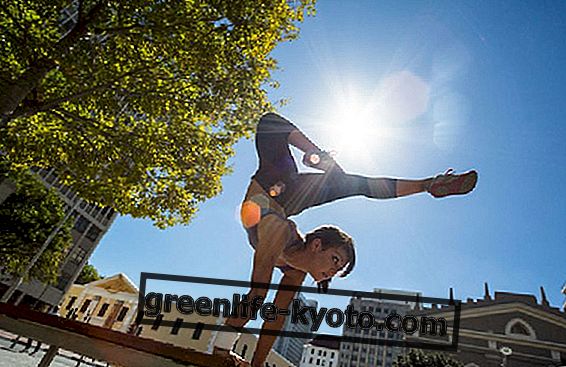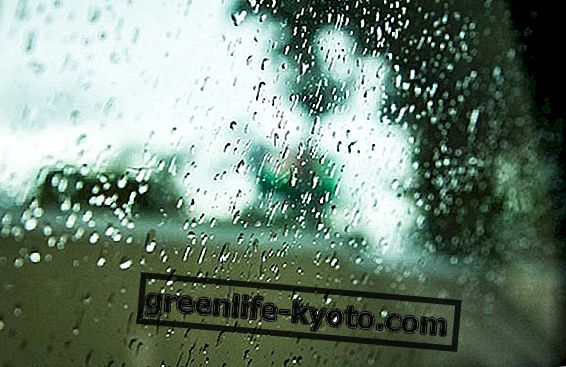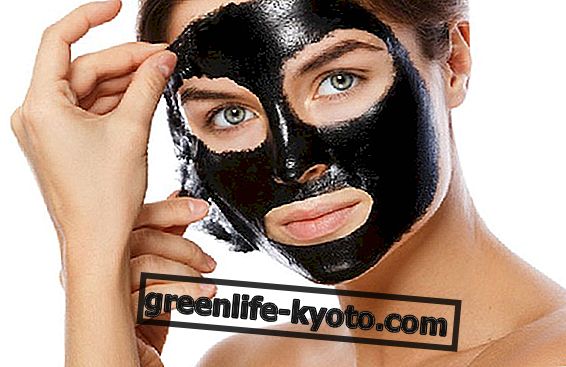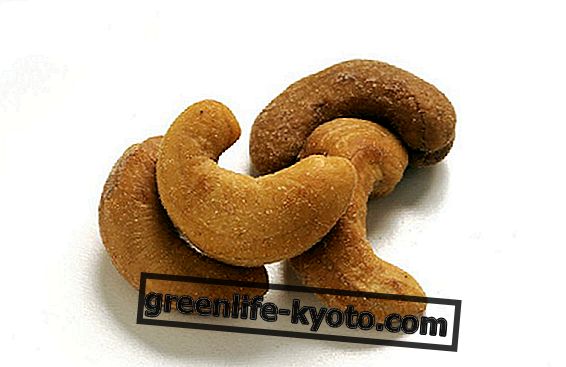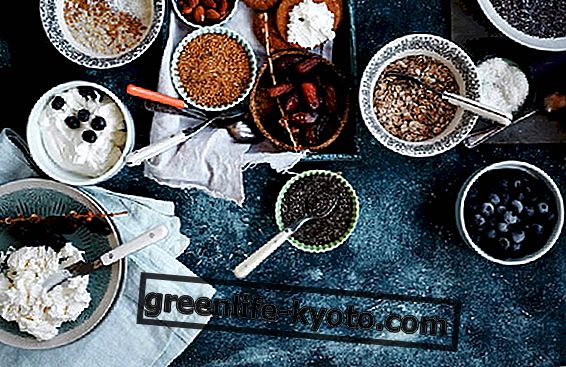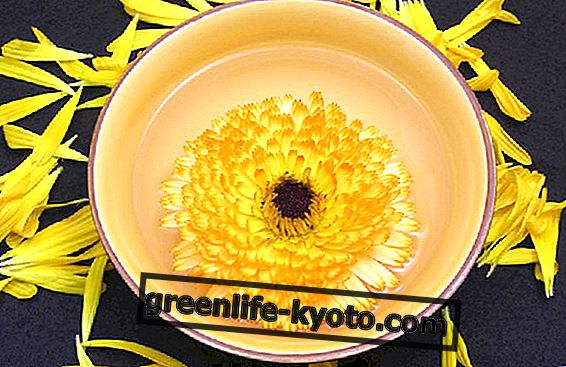
Among stoves and pans, algae, tofu and cereals, we meet Sauro Ricci, macrobiotic cook, ethno-anthropologist and martial artist. We ask him something more about macrobiotic nutrition, a diet imported from Japan based on a precise philosophical vision that revolves around the two vital and symbolic principles known as Yin and Yang. It is not a simple diet based on caloric calculation, but a lifestyle choice.
Let's start from the real root, the etymological one. Makròs means big and biòs life.
Does macrobiotic nutrition aim, so to speak, to "extend life"?
I believe that the etymology must be interpreted more in a modern sense, therefore I propose " great life ". A life, that of those who choose to eat with this diet, which brings man back to focus on himself and his responsibility towards health, both personal and global, which, in a nutshell, would lead the person to be actor and no longer spectator of his own health. From this perspective, I say that attention, rather than quantity, is focused on quality . Therefore, to you the conclusions.
You are called to explain the macrobiotic nutrition summarizing it in a maximum of 3 basic principles. Which? Imagine having a person fast before any information on oriental culture.
Macrobiotics is a discipline that is based on simple truths, or rather, simple principles.
The first is what the ancients from Hippocrates from Kos knew well, which is to say that food can be a medicine as well as a pleasure for the senses .
The second is to follow the rhythms of the cosmos, then the seasons and the foods that each of these offers us. And this is a very important principle because it allows the body to create balance in itself, and in relation to the environment that hosts it.
The third principle, which from a modest connoisseur of philosophy I believe can be found in many schools of thought, is what George Ohsawa summed up in his "non credo".
In other words, it is that distrust that leads to criticism and experimentation on one's own skin of what often make us believe as "truth". Bringing this assumption into the diet we could translate it both as an advice, and as an invitation to verify what can be put at the table according to the principles of Yin and Yang.
What is the philosophy behind macrobiotics?
Macrobiotics is based on the principle of Yin and Yang, which are the two "great powers" with which the Unique Principle manifests its Creative Force. Taoism aims at the construction of a cosmological and theological discourse. The creative force I mentioned above is sought within nature, and not in some external power, distinct from the things it creates.
Yin and Yang are opposing but complementary forces, they represent a polarity, but not an absolute duality, they have a vital need for each other. To use a famous phrase from Ohsawa, "Yin and Yang are the hands of the universe". It is not just masculine and feminine, but also physical and mind, intellect and emotion, body and spirit, light and shadow, sun and moon, dynamic and static, cold and hot and so on ... Between these opposites there is no it's antagonism.
A macrobiotic cook is also a bit of a philosopher, then? Is it someone who has embraced a certain view of the world?
I believe that thought has a great reflection on materiality, and vice versa. If I think about the process of change that my way of thinking about the kitchen and my way of looking at the world has had, I can only answer you that in the change there is always a certain variation of perspective: one abandons a certain form of life for acquire a new one, believing it to be better.
Besides being a macrobiotic cook, you graduated in anthropology with a thesis on macrobiotics. Your hands and meninges are therefore well rooted in this philosophy. Did the book study improve cooking performance?
Ask those poor people who eat what I prepare! It seems to me to have improved a lot, but it must also be taken into account that on the other hand there should be a predisposition of the palate to appreciate certain flavors ... if you usually eat hamburgers and fries, I doubt that you can appreciate brown rice with vegetables.
Not only. You also practice a sweet Taoist martial art, tai chi chuan, a form of moving meditation that combines the quiet of the gesture with the effectiveness of confrontation with oneself and the other. Is there a link between the discipline you practice and macrobiotics?
Tai chi chuan is balance of the body, softness of the gesture, connection with the body and with the cosmos that revolves all around. The practice teaches how to distribute the weight on the heel or on the toe, to relax the muscles using only the necessary ones in the movement. In the kitchen I went through a similar process, I started eliminating foods with a very intense taste, very salty or very sweet, too Yin or too Yang, which lead to imbalance, concentrating on central and more balanced elements. I have added more and more color to the dish, because we are all greedy, first of all with our eyes, bringing harmonic tones into it, although often contrasting. Finally I tried to put the last two ingredients, love and imagination .
There is no Yin without Yang. There are no pros without cons; could you define in broad terms what could be the positive and negative aspects of a macrobiotic diet?
The positive aspects are contained in the concept of general "health" which therefore involves the body and the spirit, the negative aspects are the lack of availability of refreshment points that offer a macrobiotic and vegetarian cuisine, with the related difficulty for those forced to have lunch outside when the house is working, a difficulty that can easily be overcome with preparing some extra food in the evening.
Are you giving us a macrobiotic recipe of your choice?
I give you some easy breakfast, a drama of many people approaching macrobiotics. You can add both malt and raisins or fresh fruit, for a sweet version, or some vegetables that maybe you have left over from the night before, for a savory version.
RICE CREAM
Ingredients
1 cup of rice flour
3 cups of water
salt
2 tablespoons of sesame oil
Preparation
Toast the flour with the oil in a pan for a few minutes, stirring constantly. Then add the water and the salt. Bring to a boil, cover and cook for 20-30 minutes. If you want to speed up the cooking you can use rice semolina.
